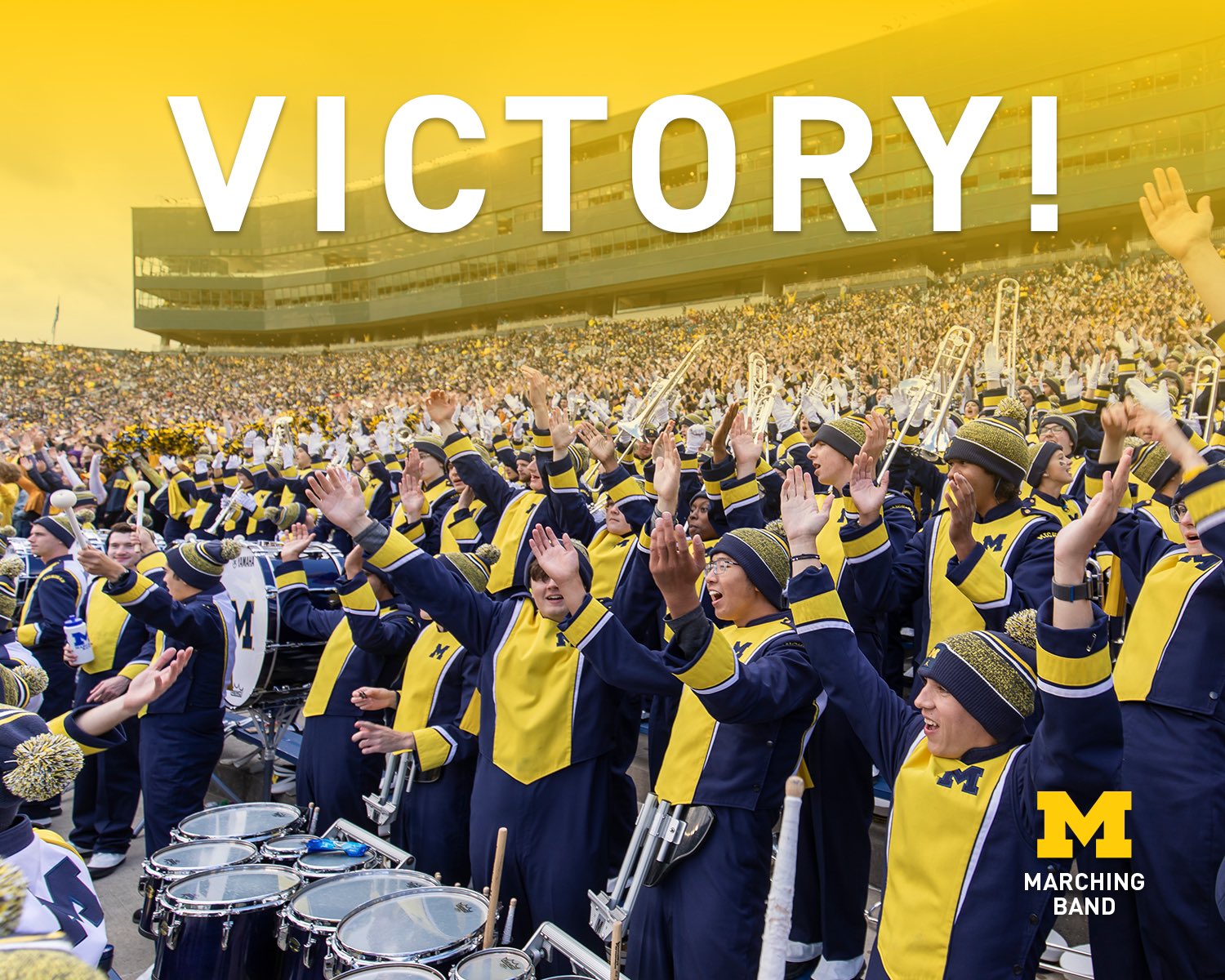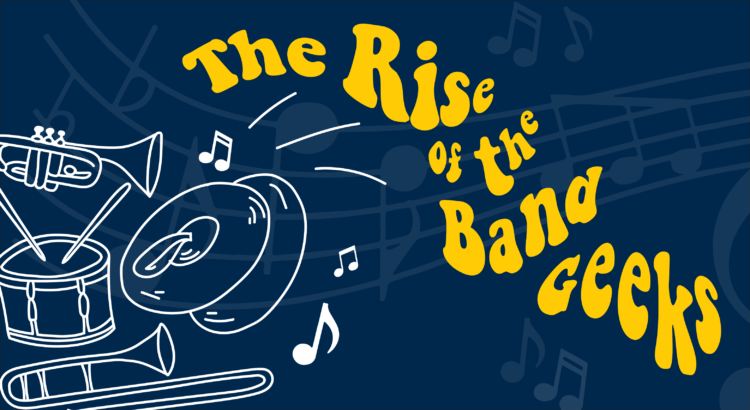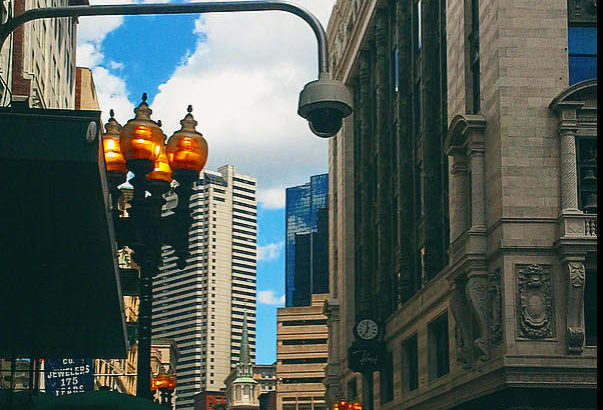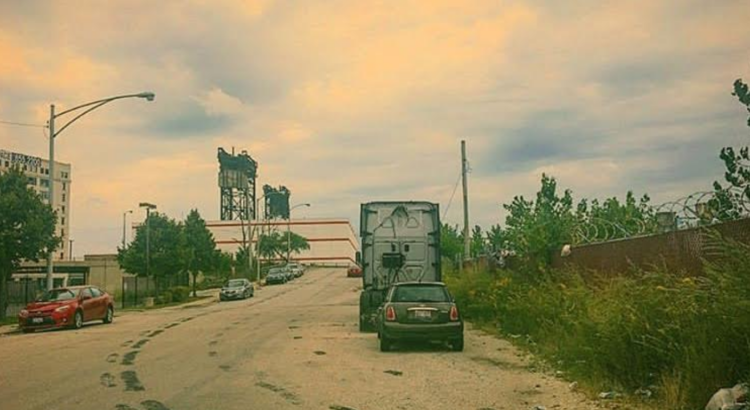In light of our resounding victory against That Team Down South, your local band geek would be remiss not to write about The Game from the perspective of the Michigan Marching Band.
I’m just going to preface this with a simple yet eloquent statement: WE CRUSHED THEM, BABY!!!!!! YEEHAAAAAAWWWW!!!!!! ONLY ONE FOOTBALL TEAM IS GOING TO THE CHAMPIONSHIP, AND IT’S NOT THAT TEAM DOWN SOUTH! (As you can see, I’m still basking in the glory that comes from defeating Public Enemy #1.)
5:00 am. Yes, really–we arose at 5 am in the shadow of the waning night to get fired up for the day we had all been waiting for. Bundled up in multiple layers with our garment bags in tow,

we traversed the distance from our dwellings to the sanctified building known as Revelli Hall. For all the hype that coiled through the frigid atmosphere, the uncertainty of what lay ahead–namely, the expectation that we were going to lose–crouched in the backs of our minds for the most part.
We all wanted to win, of course. But being a Michigan fan, as we all know, means preparing for the worst during The Game. Were we going to be subjected to abysmal ref calls? Succumb to a walloping by That Team Down South (TTDS) for the ninth game in a row? Or were we finally going to show TTDS who was boss?
Pregame. In all my time as a marching band member (so basically just this season), I have never heard the fans be so loud. This was easily the rowdiest the student section has ever been. And when the band took the field doing entries? Utter chaos.
It was cheering for the most part, though there were spurts of intense booing that were audible with and without foam earplugs.
Truly, it was magical.
The First Half. Cold. Cold. Cooooooooooooooold. Where I’m from, temperatures do not dip this low for such extended periods during which we must be outside. Compared to the eager snow and vengeful wind, the sweater weather that dominated October was a tropical paradise. Lukewarm handwarmers, semi-numb fingertips, and–hang on a second–
WE GOT THE FIRST TOUCHDOWN OF THE GAME.
The rest of the first half unfolded as a true nail-biter (or glove-biter, if you were fortunate enough to have gloves). The holy band beanies were indeed a saving grace against the winter weather (it’s still fall, right? RIGHT!?!?!?!?!?!?)…until the time came for the halftime performance.

Halftime. Arguably the most crucial part of The Game other than the victory, the halftime performance provided heat where the weather did not. The dusting of snow revealed the tracks of marchers as we went through our drill, our breaths almost as visible as the bull’s ferocious puff at the end of the first song.
By the very end, my fingers were numb and I was in physical pain, but retrospectively it was awesome. And playing El Toro Caliente evidently worked, because the weather was less miserable during the third quarter.
The Second Half: Where it All Went Down. With each touchdown, each stands cheer, the tenuous hope we’d clung to throughout the first half gradually solidified. Was this really happening? Were we finally going to dominate TTDS?
I didn’t let my excitement carry me away until the fourth quarter. When the score was 28-20, I knew The Game could easily be tied with a TD and a two-point conversion, which has been a sore sport for the Wolverines this season (read: we’ve missed it every time, and the other teams seemingly snuck past our defense to score. Yes, I’m looking at you, Sparty).
Then, in the fourth quarter, it happened: the cymbal rank leader called Cheer 8.
The drumline calls a series of cheers throughout the game, each in a different context. Drum cheers are similar to stand tunes other than the fact that only the drumline plays. Cheer 8 is reserved for moments when we are definitively beating the other team and involves a dance that includes the whip, so its being called was a watershed. All of a sudden, the possibility of victory felt real.
When Haskins scored the sixth touchdown, we knew. The final minutes were those of surreal anticipation and chaotic thrills as the seconds ticked toward zero–
And then the football team rushed the field.

Triumph. Elation. Screaming brazenly as our lord and savior Carl Grapentine announced the final score to thousands of victorious Michigan fans. A fervent rendition of “The Victors” exploding from our instruments as fans began to storm the field. I sensed going into the season that the field would be stormed if we won The Game, but it was a mere fantasy, a wishful hope the dream of smashing TTDS would finally come true.
As my overjoyed hollering joined the ecstatic roars of thousands, the cold evaporated into a storm of maize and blue.
Aftermath. …for about ten minutes. Then, we had to wait for quite literally thousands of fans to clear the field. (Also, it was snowing again.) The field, when we did finally set foot onto it, was littered with detritus: primarily maize pom-poms, although I did spot a shot-sized bottle of Fireball whiskey.
The MMB celebrates wins by wearing our shakos backwards from the conclusion of our postgame performance to the moment we enter Revelli after cadencing there. Flipping around my shako as I had done for all the home games this season felt differently than before. It felt magical, incredible, fantastic. It also felt unstable because my chinstrap was not adjusted accordingly, and I was too dang cold to bother adjusting it. Perched as it was atop my beanie (with help from my hand holding it in place), my backwards shako bore the victory as I marched along the pavement with a giddy smile stretched across my face.
Although the regular season is over, the band/football season and this blog are far from finished! Tune in next week for more band-related hubbub.














